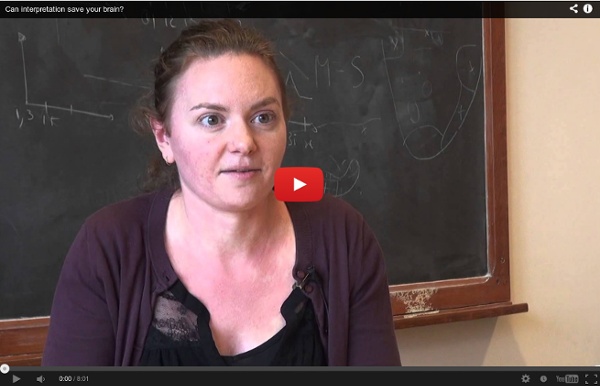



c. The interpreter´s code Interpreters are often working alone and have to make ethical decisions in a split second that affect people’s lives. All of the participants in an interpreted interaction, whether deaf or hearing, are dependent on the interpreters to make the most ethical and appropriate decision possible. In looking across a spectrum of Interpreter Codes, they all mention confidentiality, competency, impartiality and conduct. Some codes go further as described by the Washington State Department of Social Health Services, which mentions accuracy, scope of practice, ethical violations to name but a few. An interpreter’s adoption of and adherence to a Code of Ethics can be a way of ensuring that any decision made can be defended and justified should misunderstandings and allegations of misconduct occur. Internationally there are different ways in which interpreters are accredited and registered to work. [www.nrcpd.org.uk/documents/code_of_conduct/NRCPD_code_of_conduct.pdf] Scheibe, K. and J.
40 Photo-Illustrated Questions to Refocus Your Mind Asking the right questions is the answer… It’s not the answers you get from others that will help you, but the questions you ask of yourself. Here are 40 thought-provoking questions to help you refresh and refocus your thinking: Please share your thoughts with us in the comments section below. Also, check out our sister site, Thought Questions, for more photo-illustrated questions like these; and check out The Book of Questions if you’re interested in reading even more inspiring, thought-provoking questions.Title photo by: Helga Weber For all other photo credits please refer to ThoughtQuestions.com Related 40 Questions Everyone is Afraid to Ask Judge a man by his questions rather than his answers. April 13, 2012 In "Aspirations" 40 Questions that Will Quiet Your Mind Judge a person by their questions, rather than their answers … because asking the right questions is the answer. August 5, 2015 In "Happiness" 25 Photo-Illustrated Reminders to Help You Find Happiness